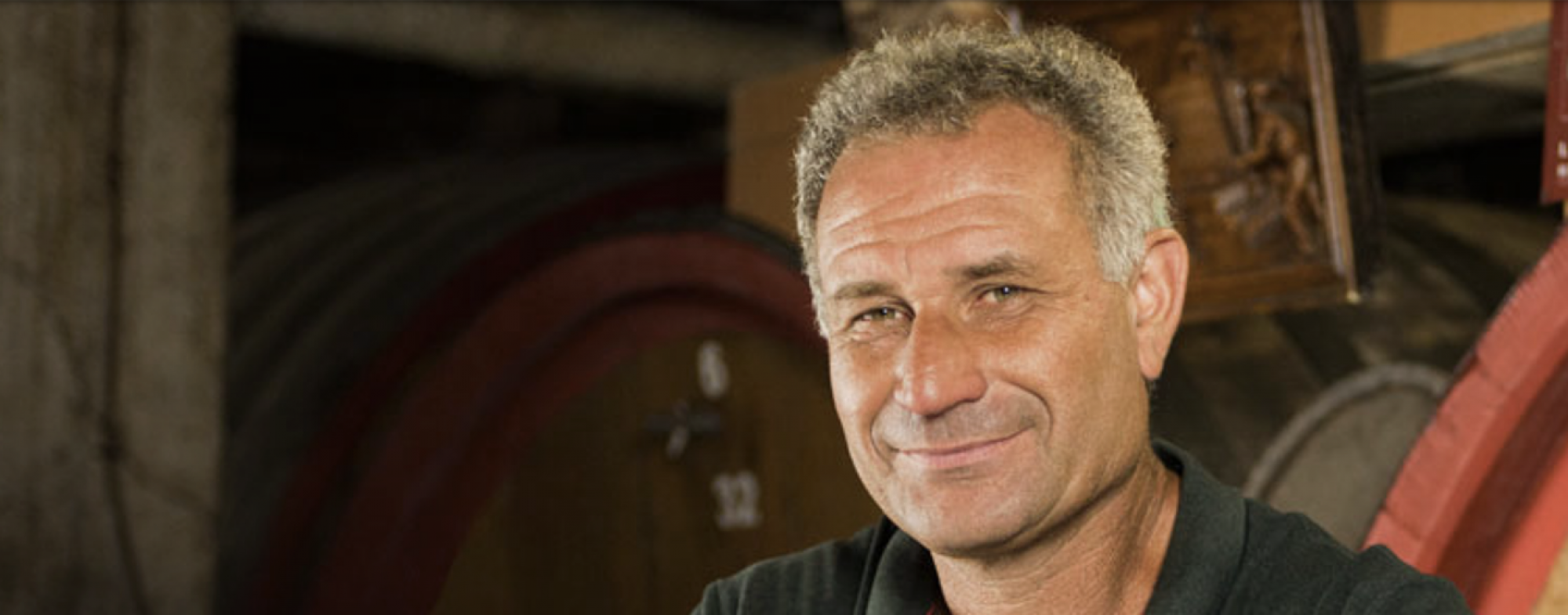



As an estate, Clos de la Roilette, has been around for a long time. In 1967 Fernand Coudert bought the estate. Since 1991 it is his son Alain who is in charge, Alain’s sister has joined in later days. Alain’s aura radiates passion, with his house being the winery and amidst his wines that is easy to understand. Clos de la Roilette is today one of the most admired growers in Fleurie.
Alain grows 13 hectares of vines in Fleurie, just on the limit bordering Moulin-á-Vent, and 1 hectare of Brouilly. The proximity to Moulin-á-Vent is reflected, soils containing more manganese rich clay rather than being all granite, in the wines. These holdings are farmed according to Lutte raisonnée, hence synthetic treatments in the vineyards are used to a minimum and all work in the vineyard is manual. The idea of using a tractor amongst 80-year old vines would just be crazy according to Alain. Furhermore, a large portion of the vines grow in heavy clay which make any mechanical work impossible. Given the long history of Clos de la Roilette, they enjoy the rewards, and hard work, of old vines. There are of course new plantings, but the majority of the wines are 40 years or older and a large chunk 80 years and older – these going into special cuvées, Cuvée Tardive and Griffe du Marquis.
The winemaking is very traditional: whole cluster fermentation with native yeast on cement, kicking of the wonders of semi-carbonic vinification. Some submerged cap can be carried out beside pigeage. Wines are then aged in large old fuder casks, the top cuvée Griffe du Marquis being the exception seeing 2-8 year old piece de Bourgogne.
Stylistically Alain Coudert at Clos de la Roilette produces serious, complex, age worthy wines with crisp, pure and vibrant fruit. Very elegant, precise and traditional.
The label has a story of its own. Back in the 1920s when the appellation for Fleurie was first created the former owner was furious over losing the right to classify his wines as Moulin-á-Vent. So as a protest he named his estate Clos de la Roilette, Roilette being his award-winning racehorse. The horse Roilette also came to decorate the labels, being the main feature in them – Fleurie not even being mention on the label at that time. Alain has chosen to keep using the same label – his theory, which probably is true, being that once you have seen the label you will not forget it. Unique wines, unique label.